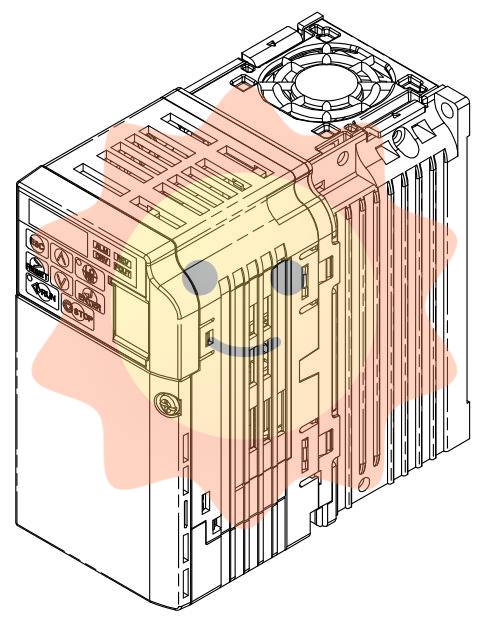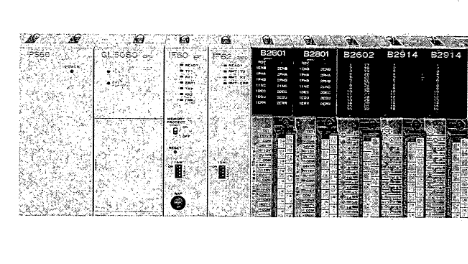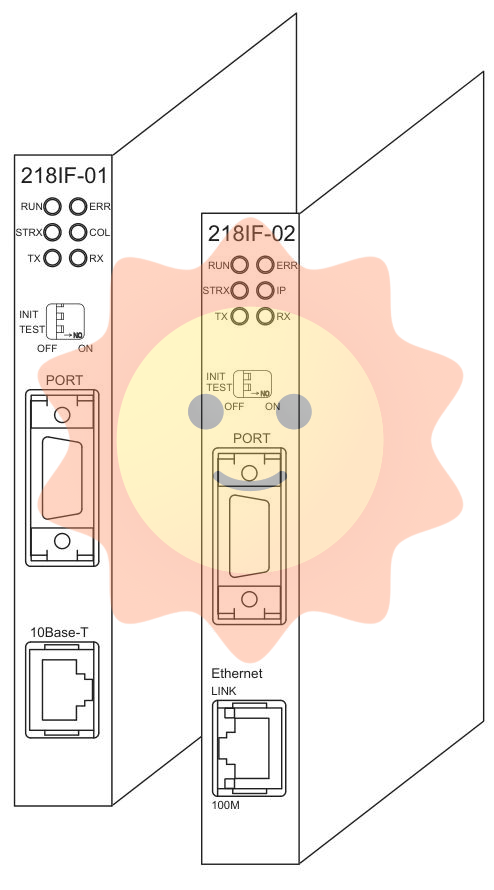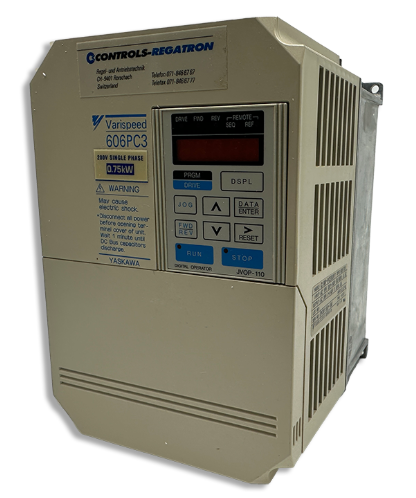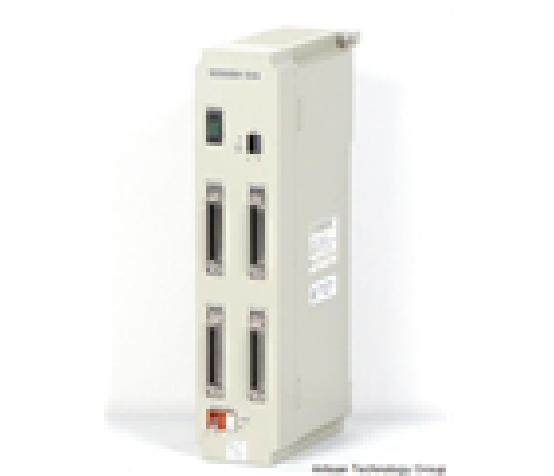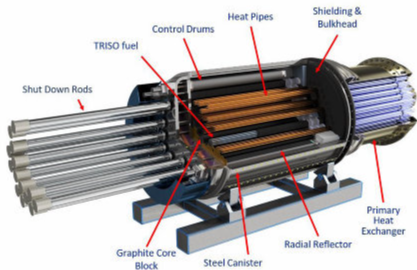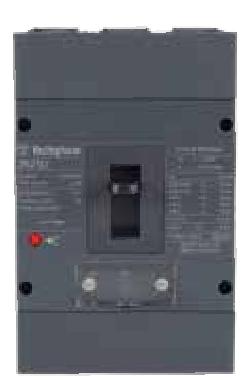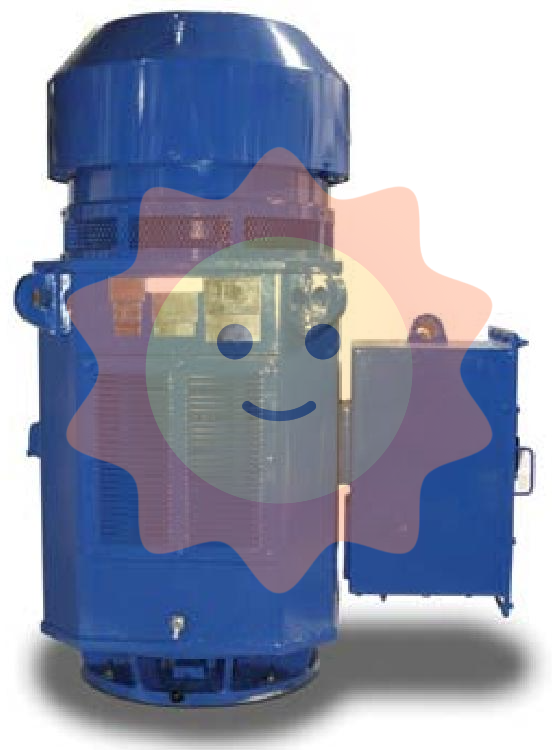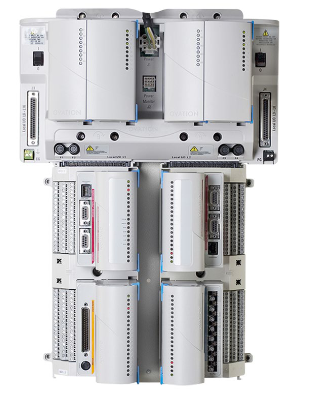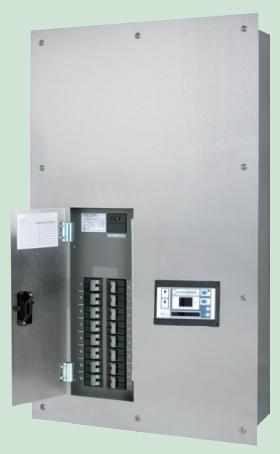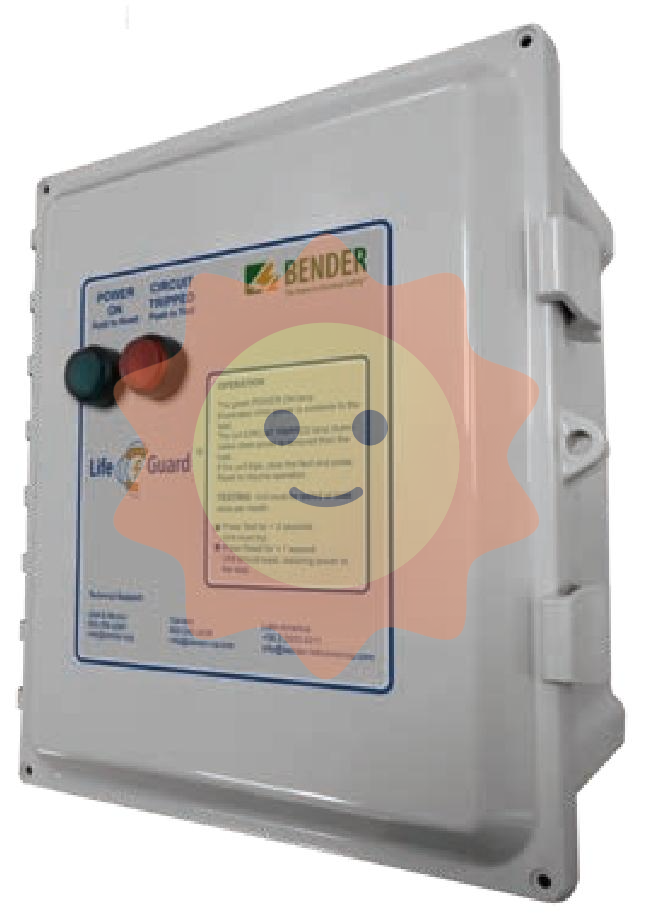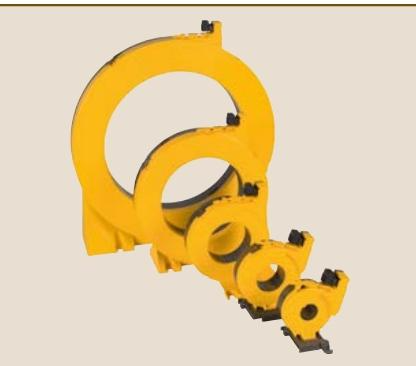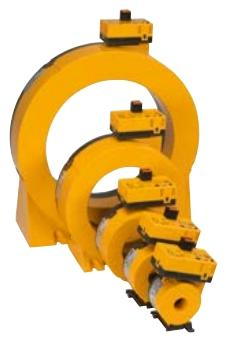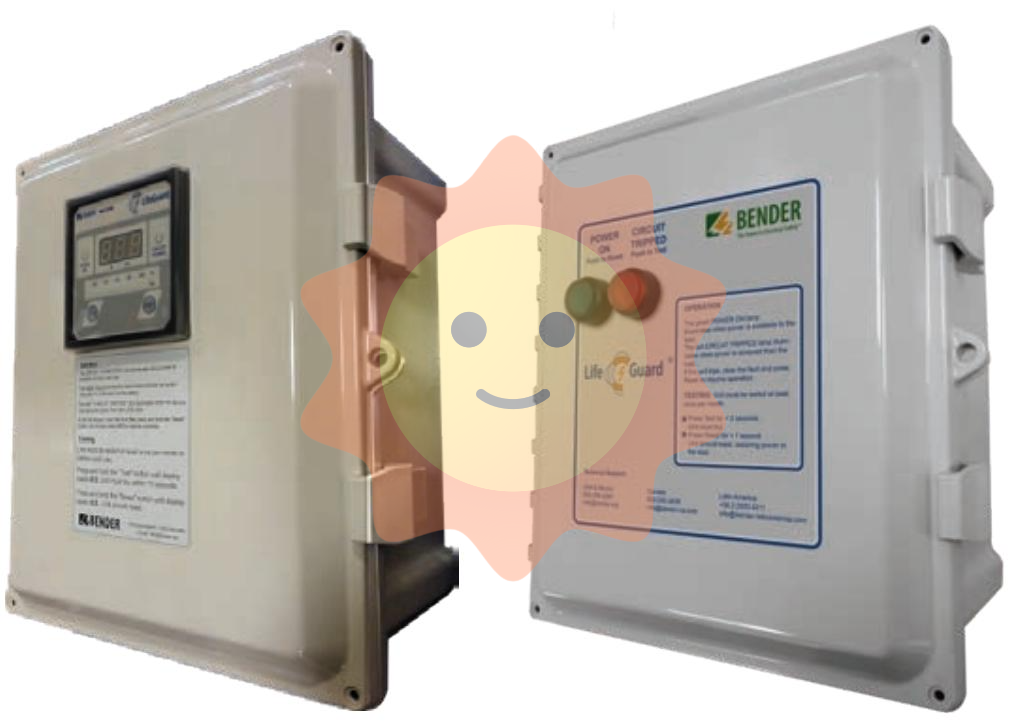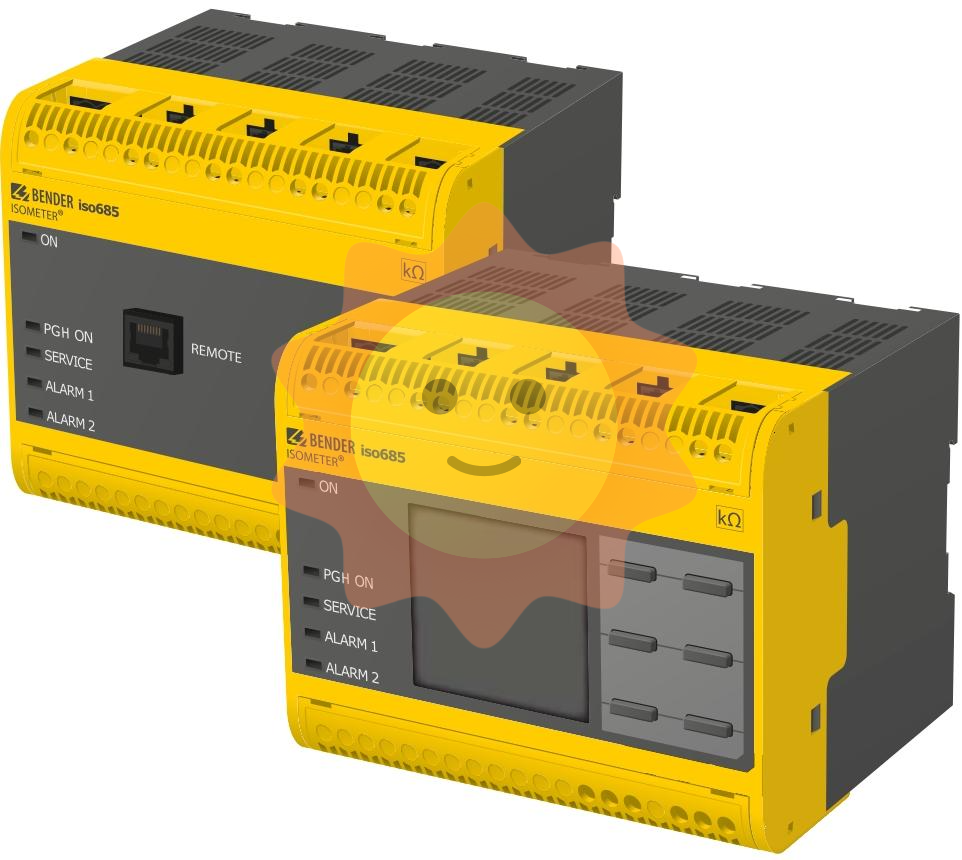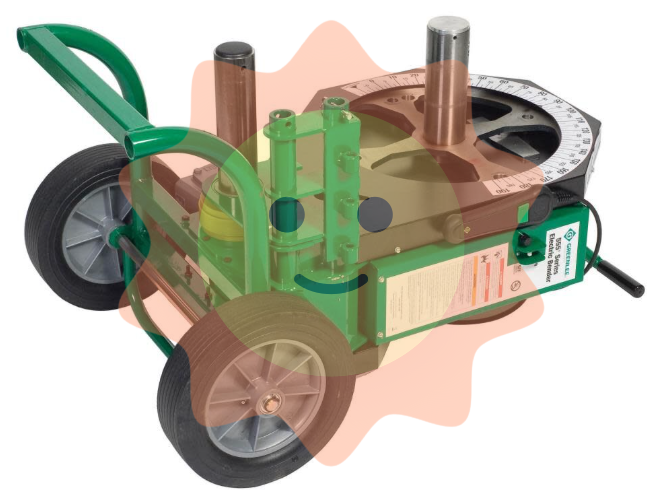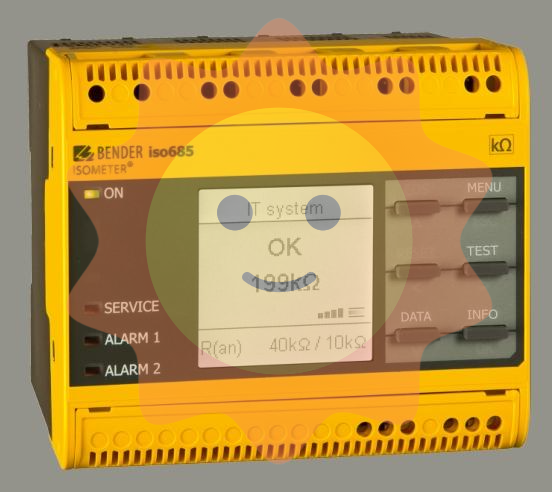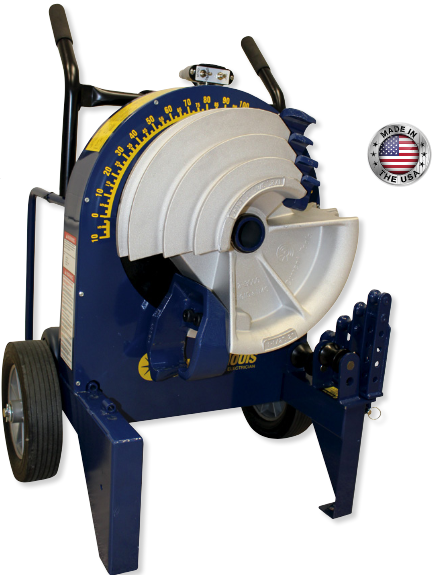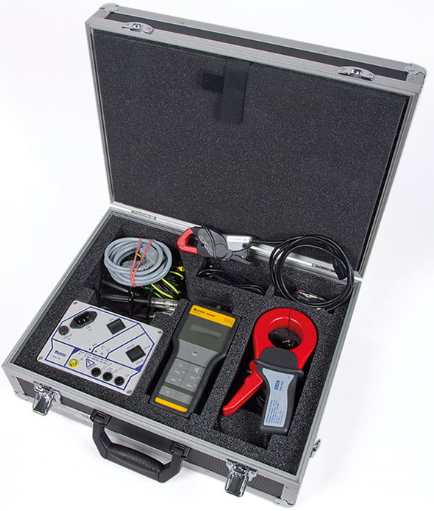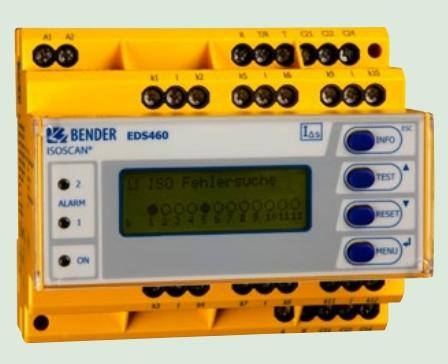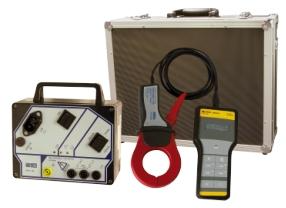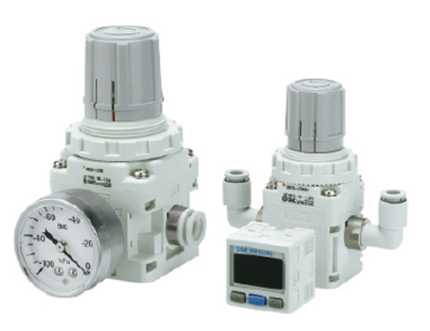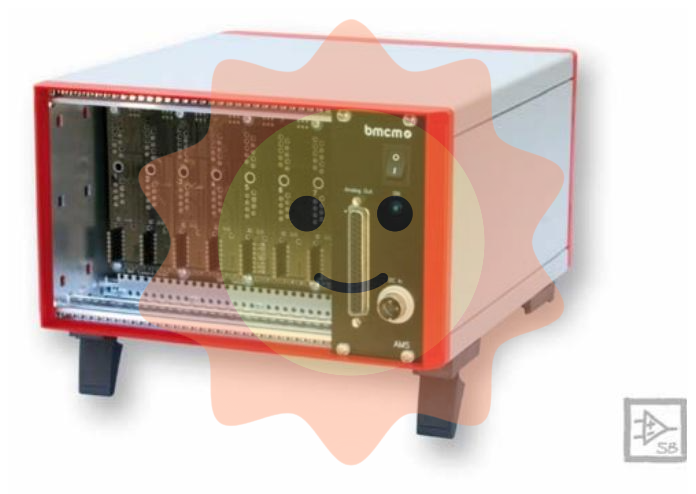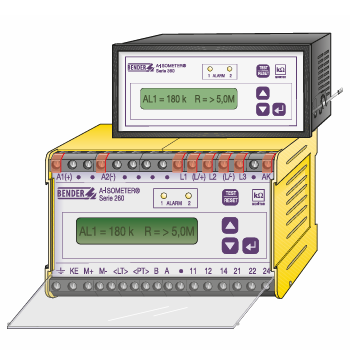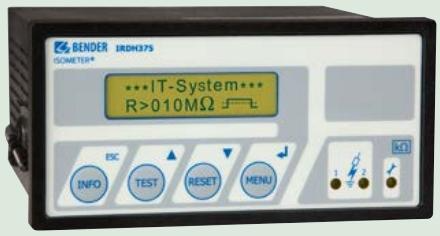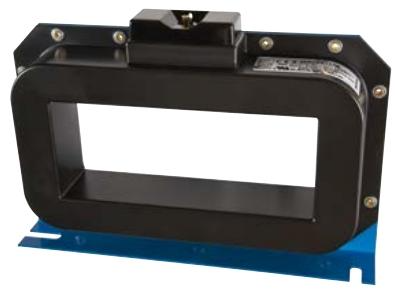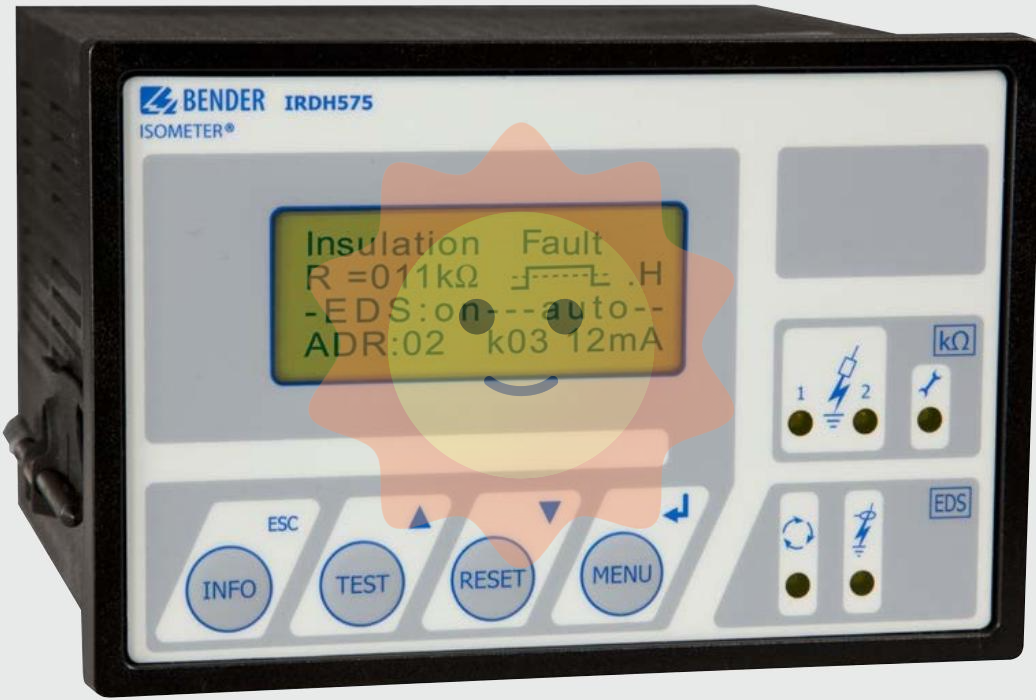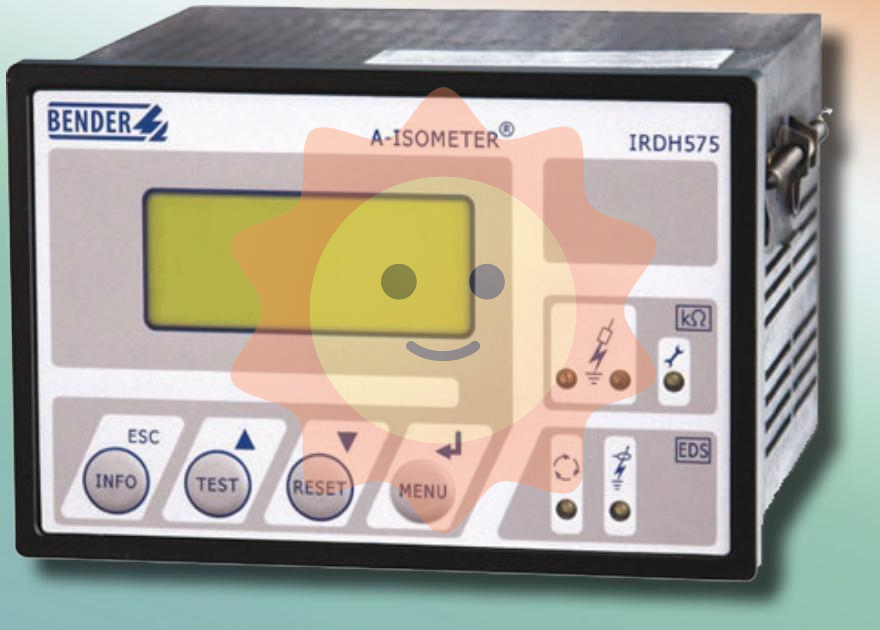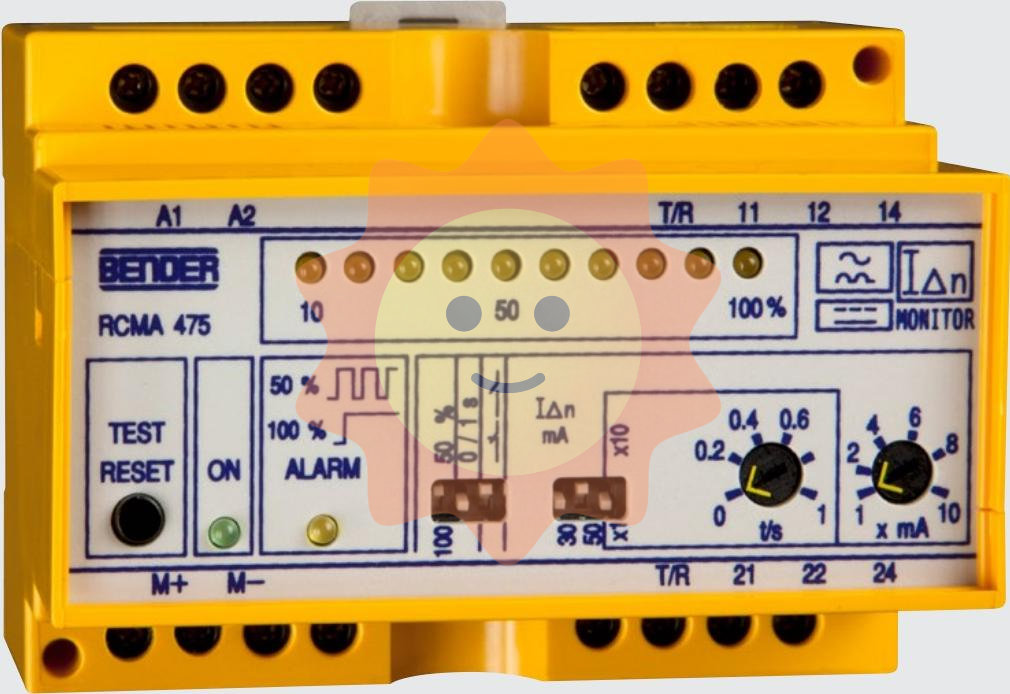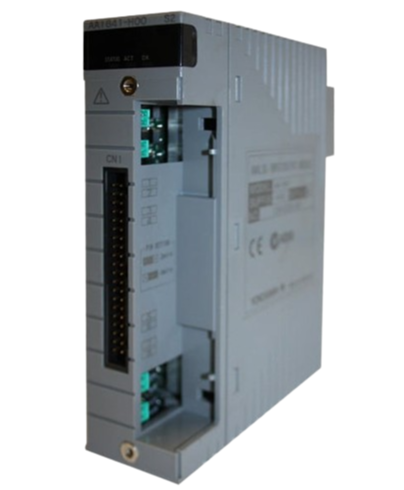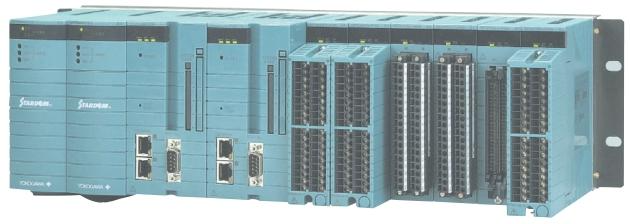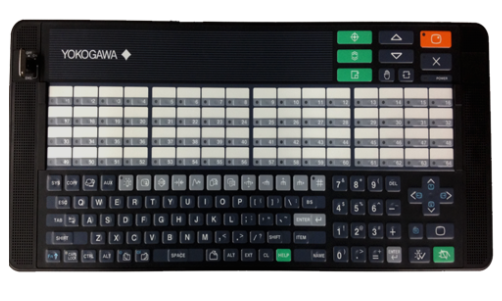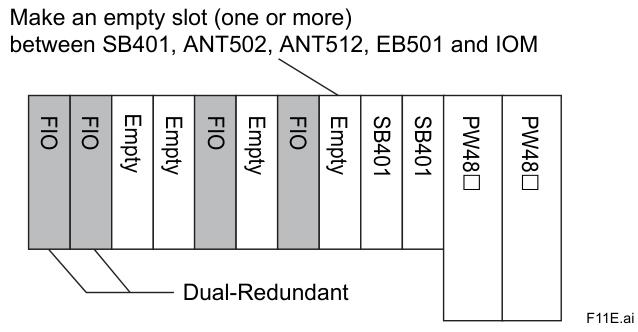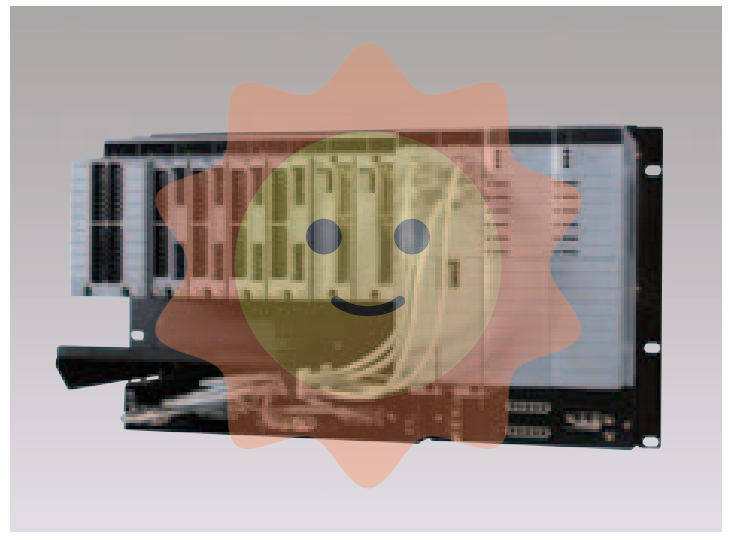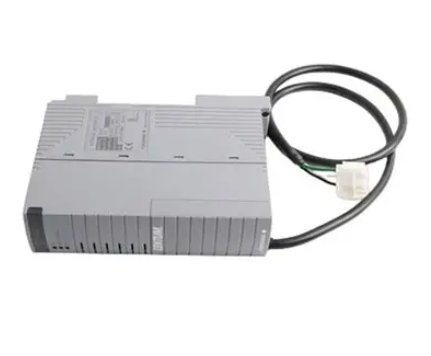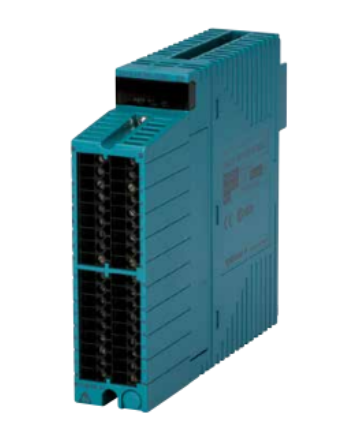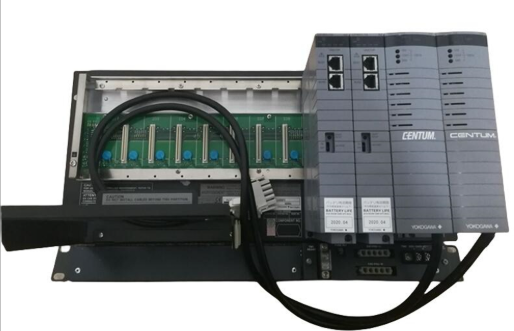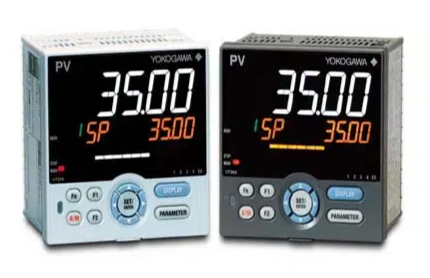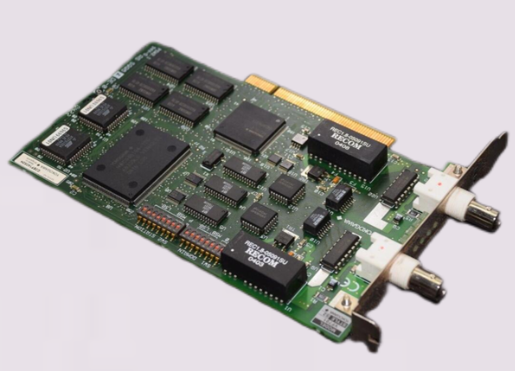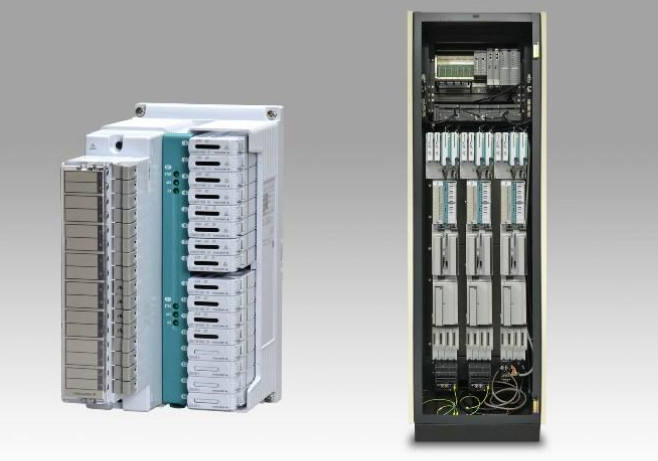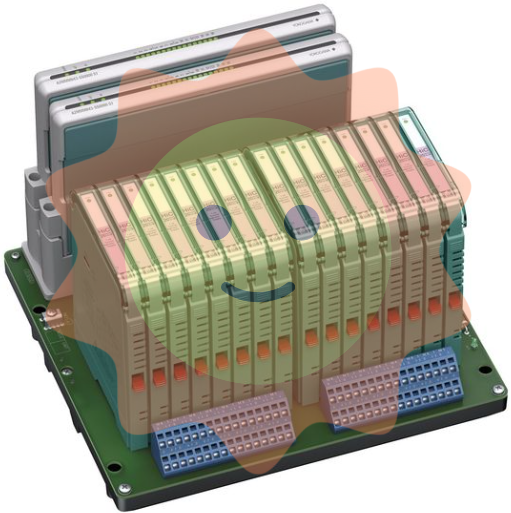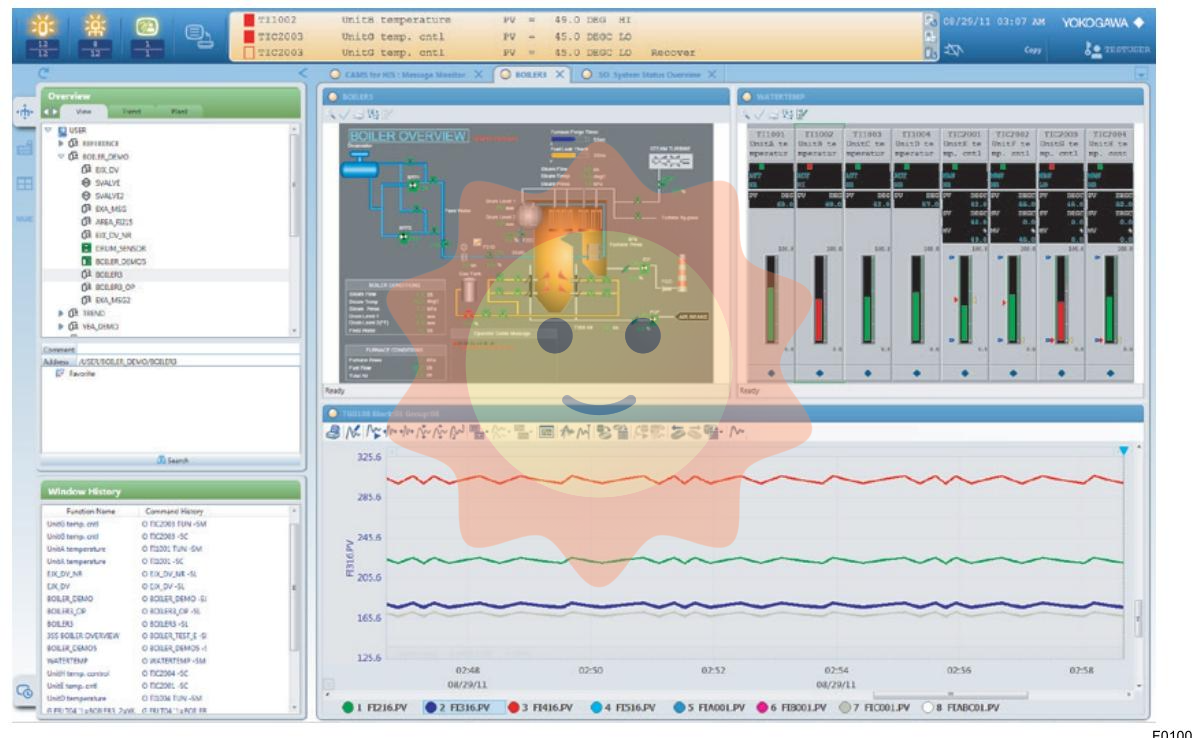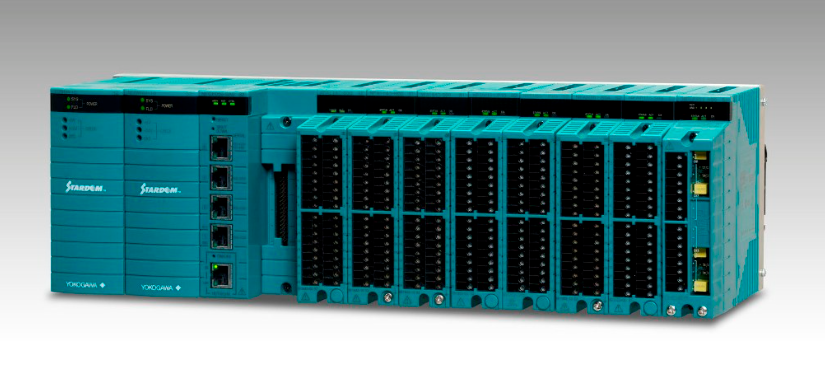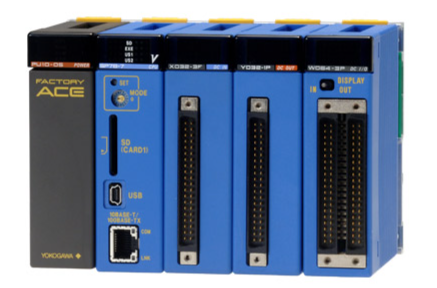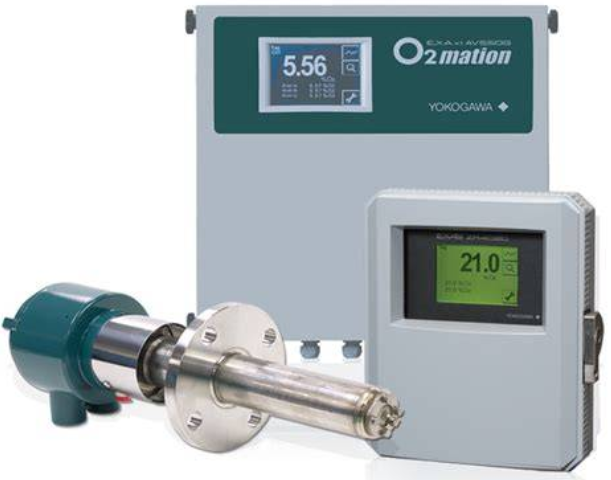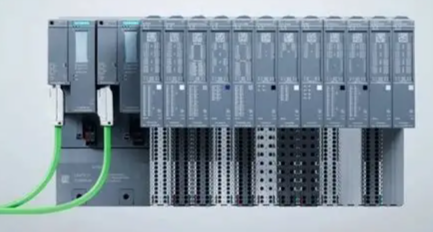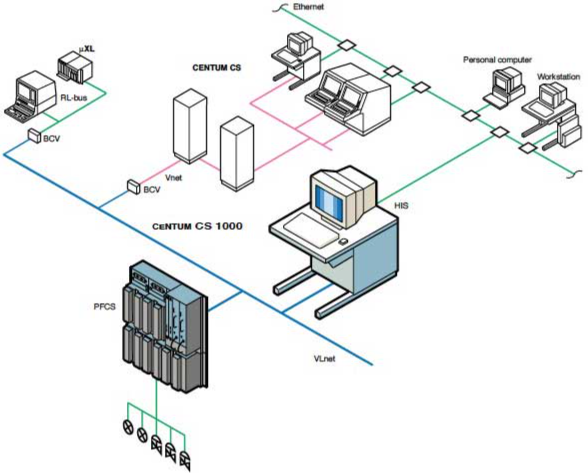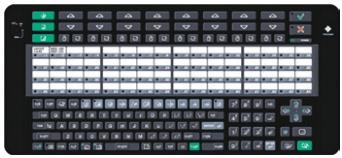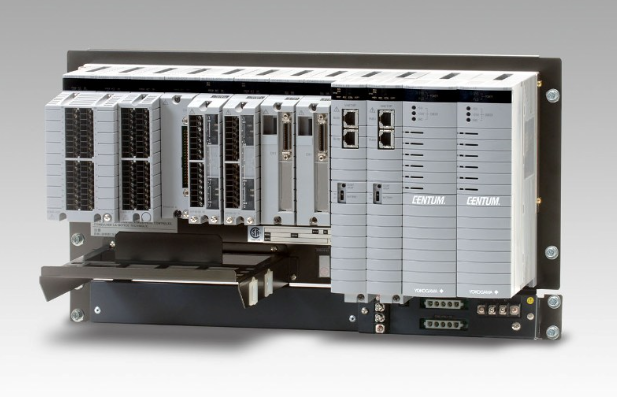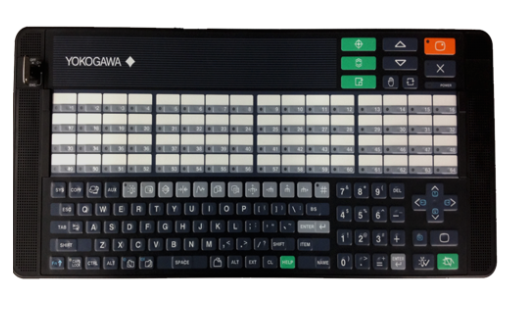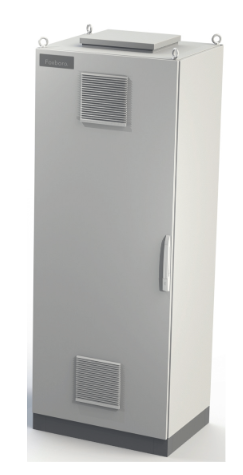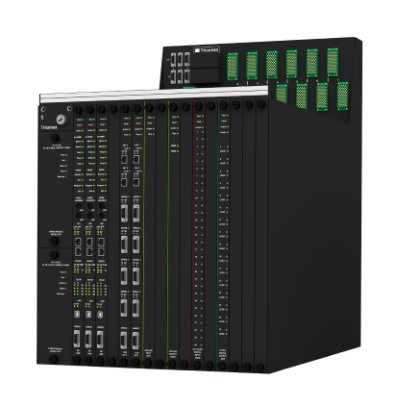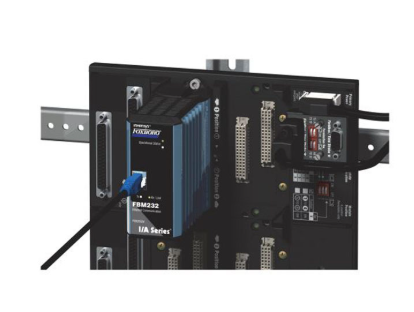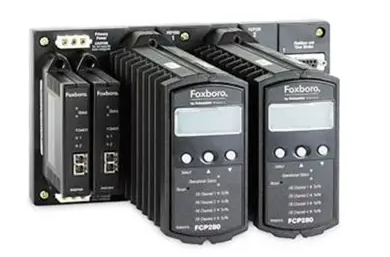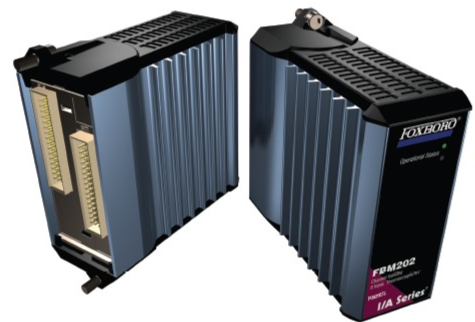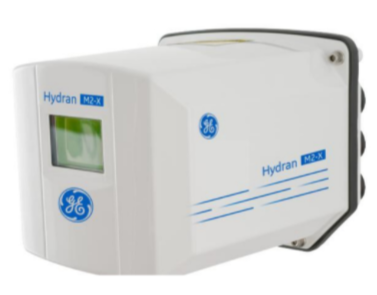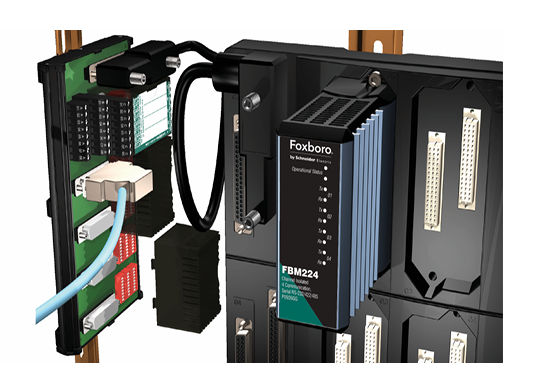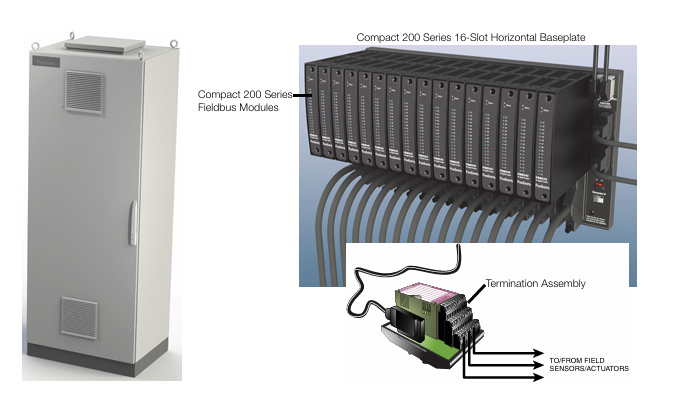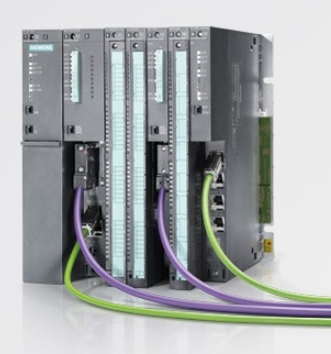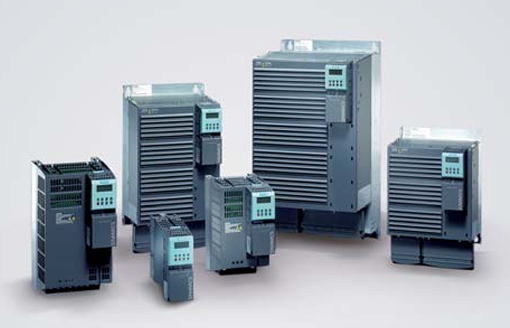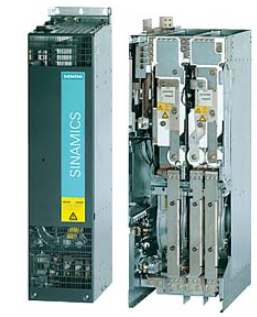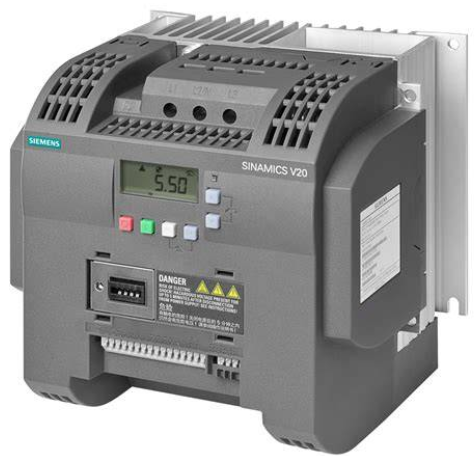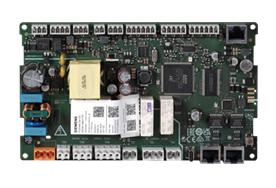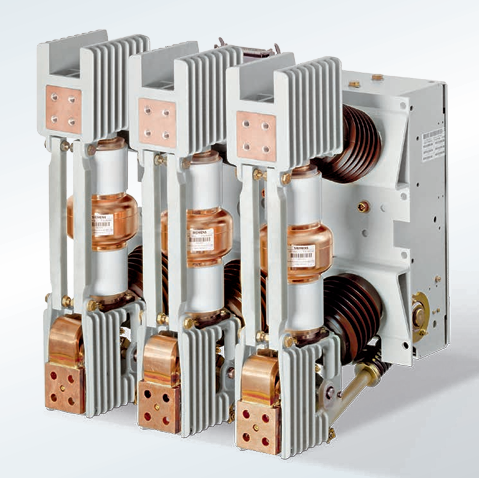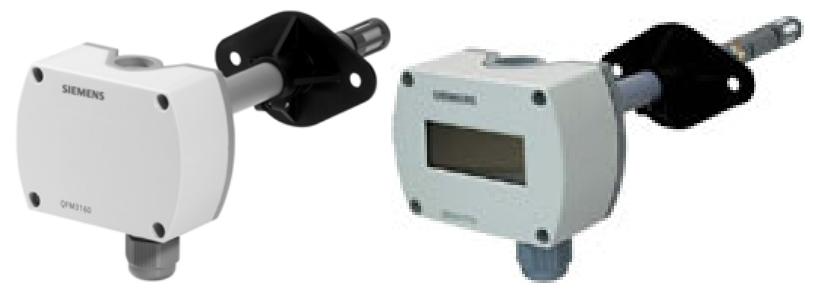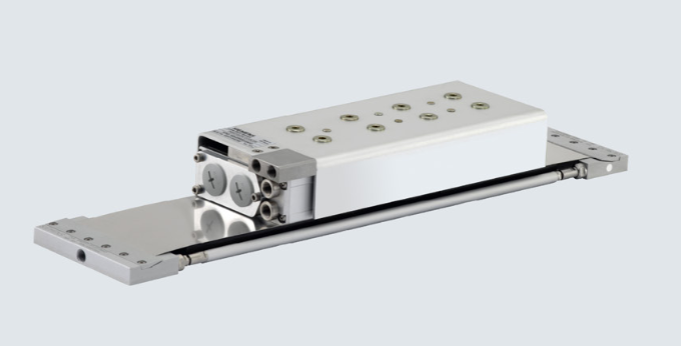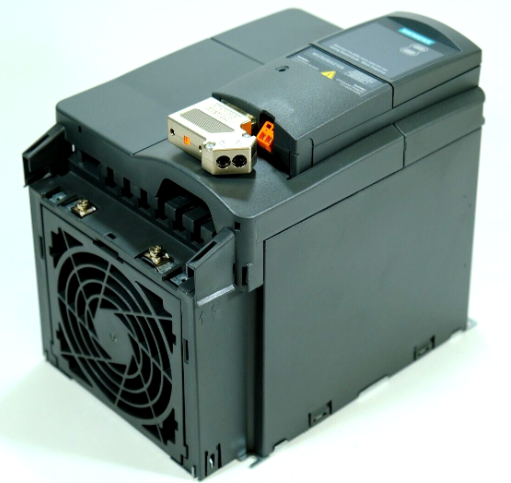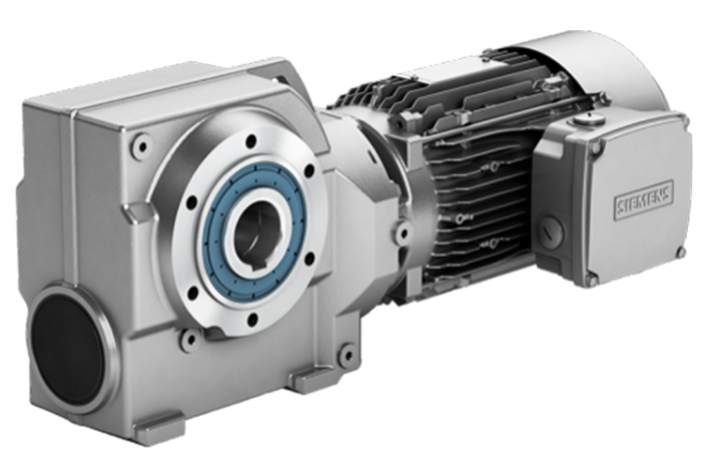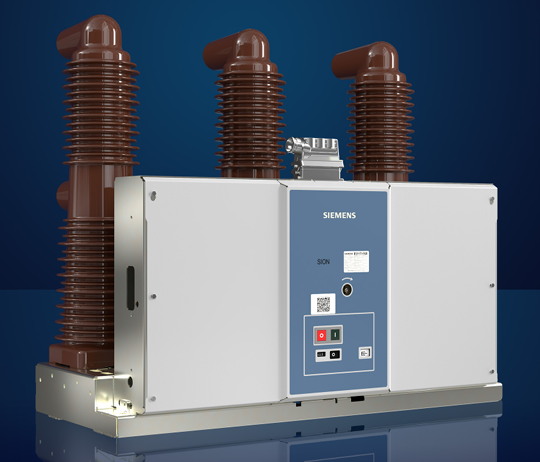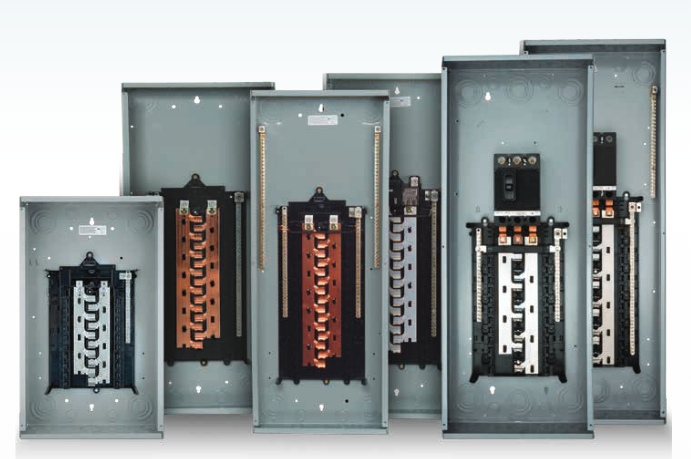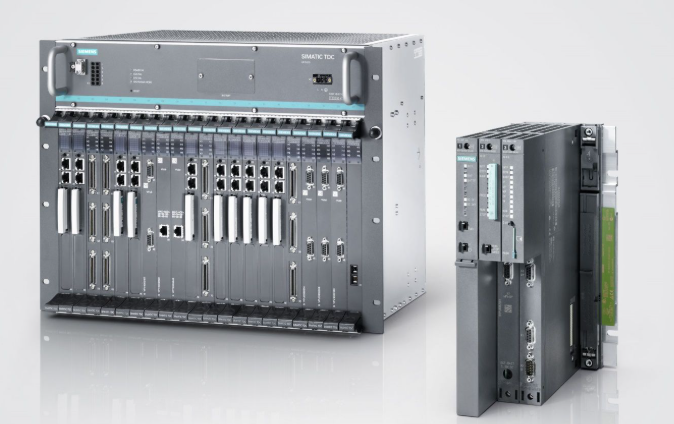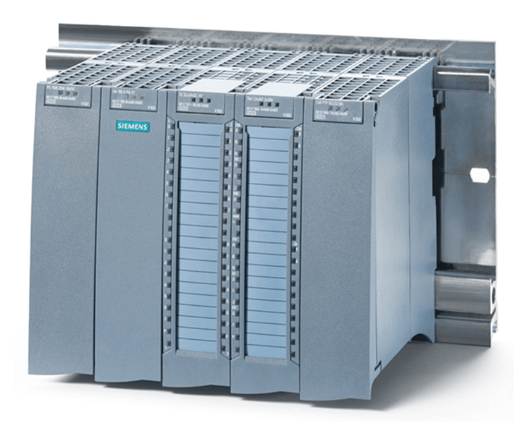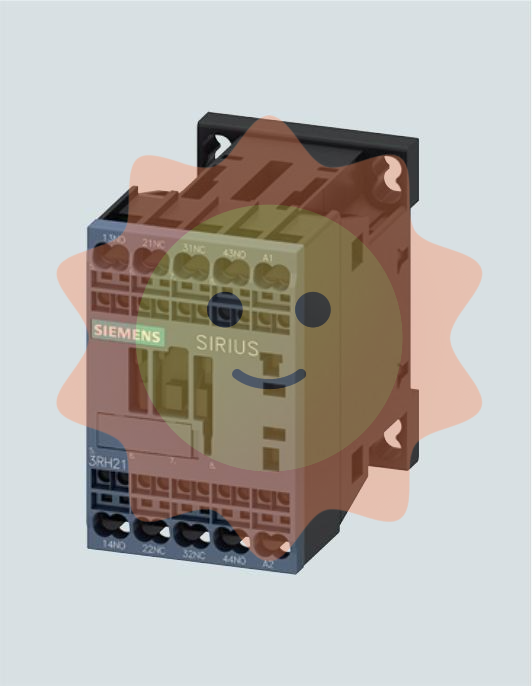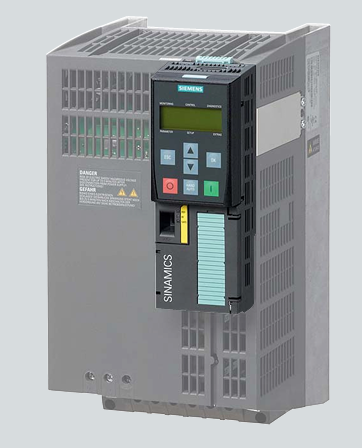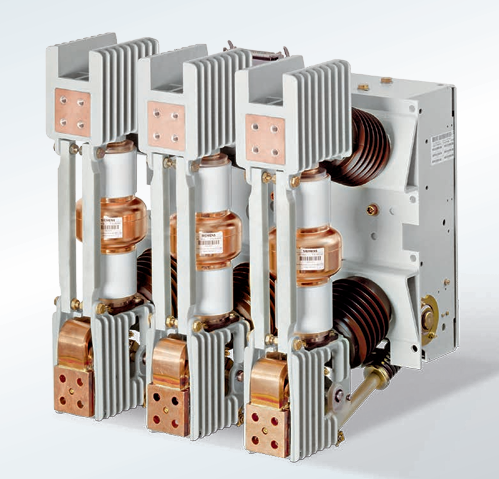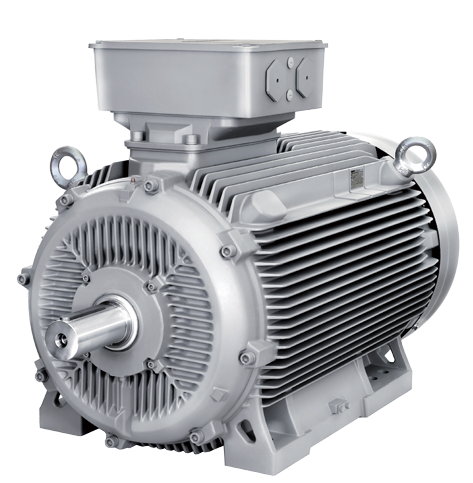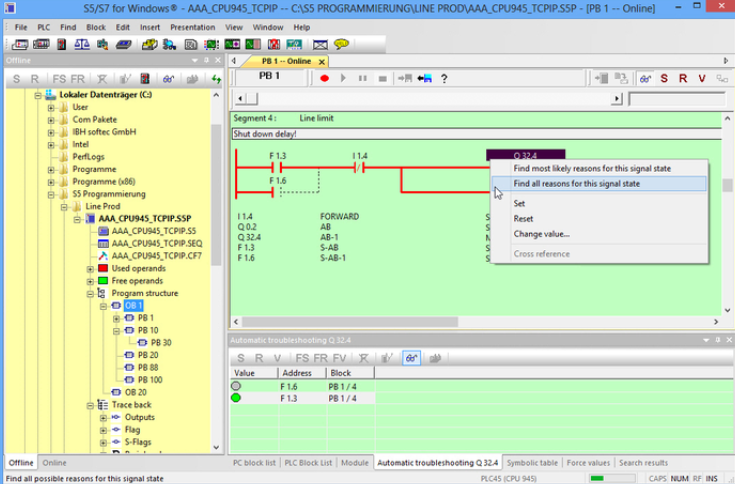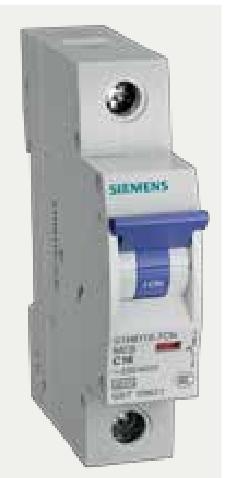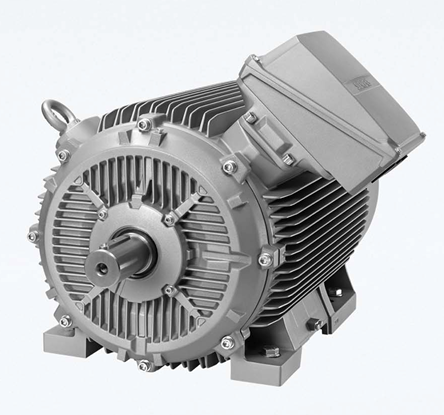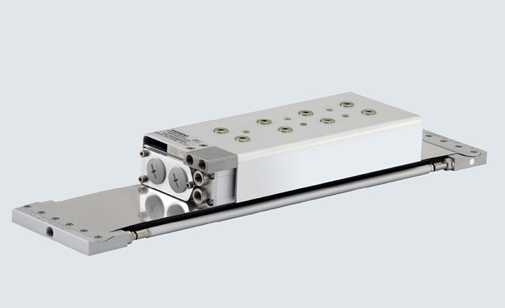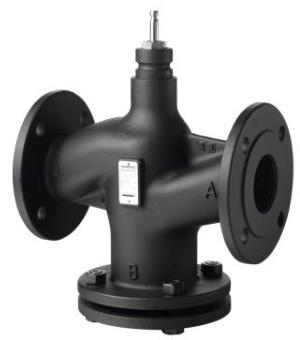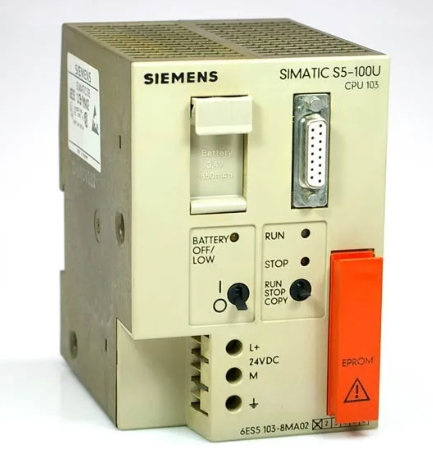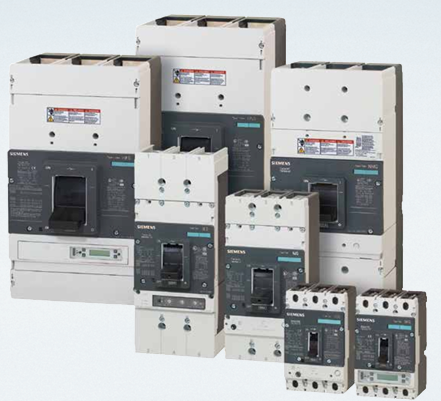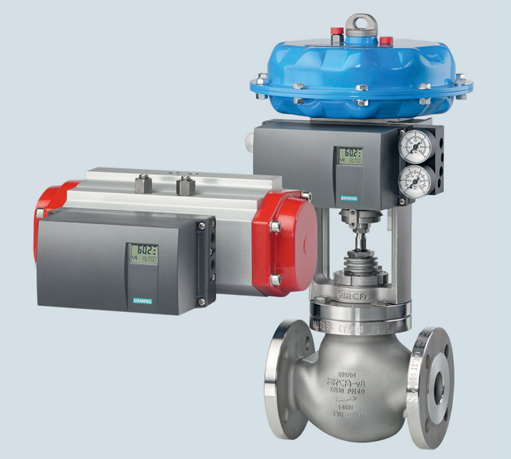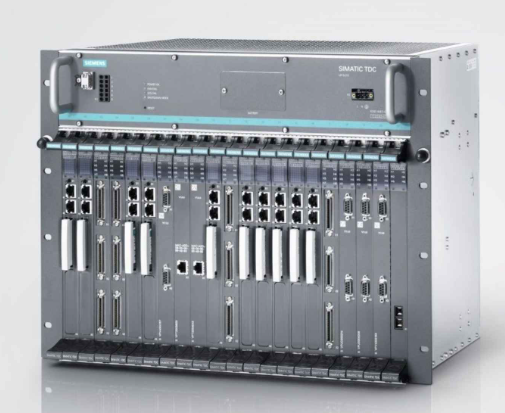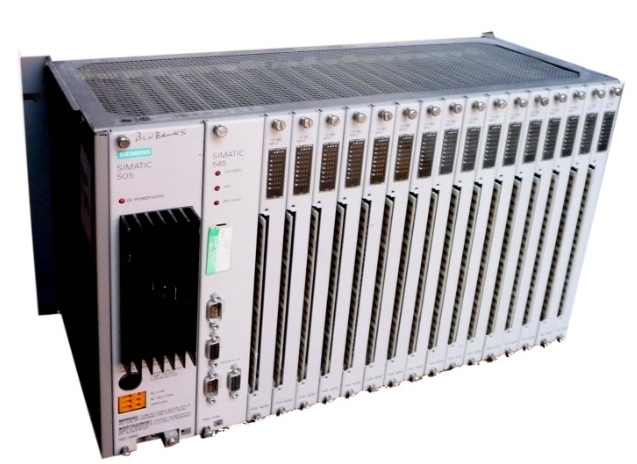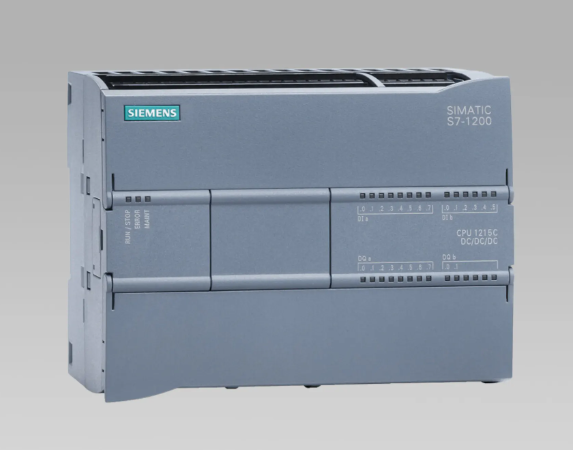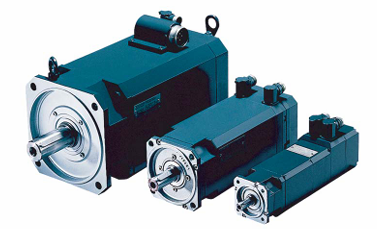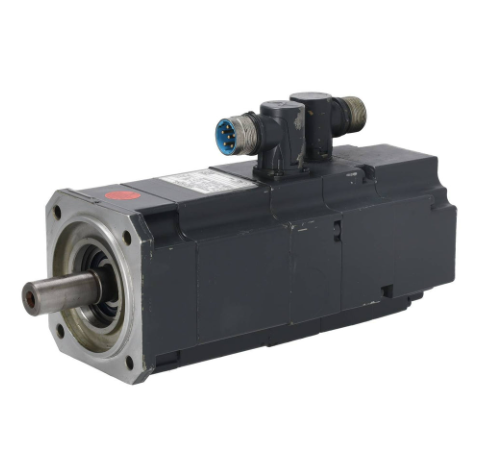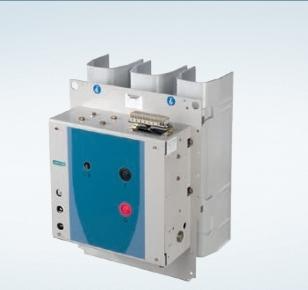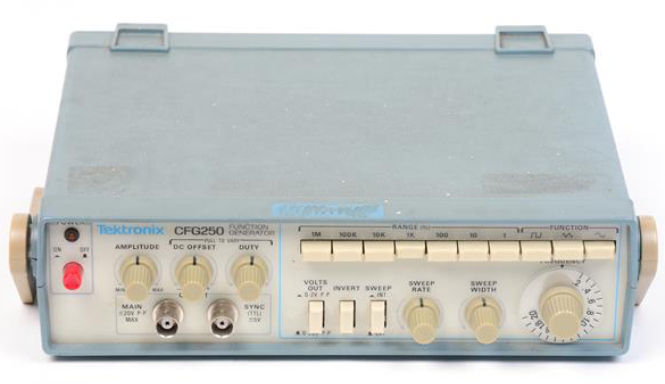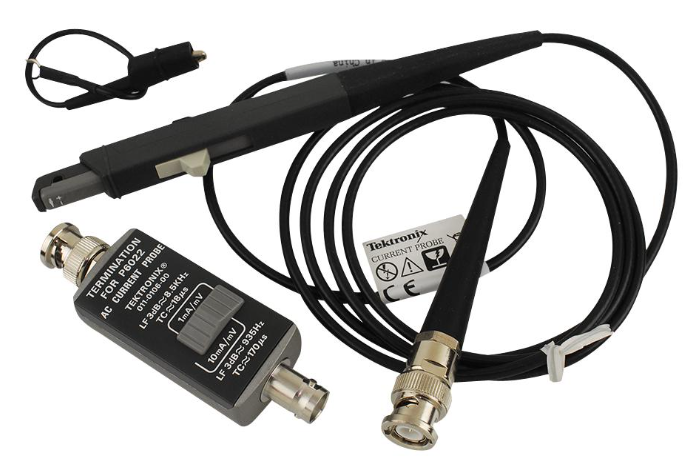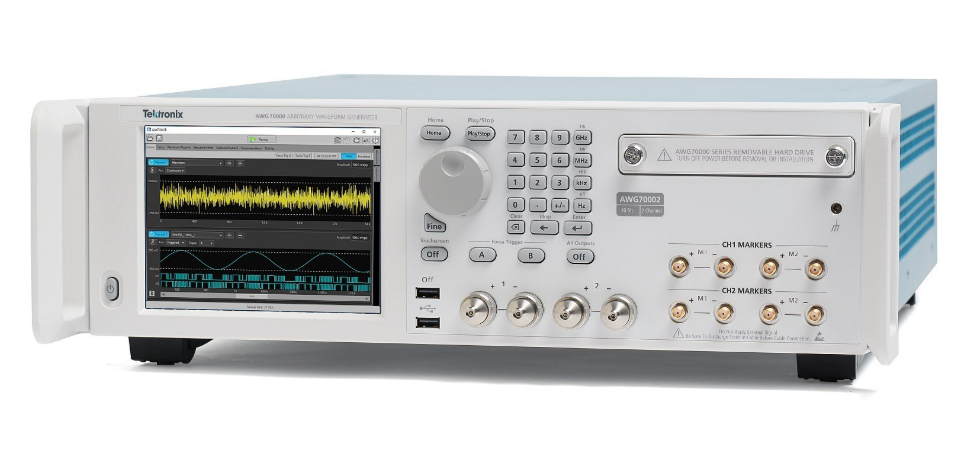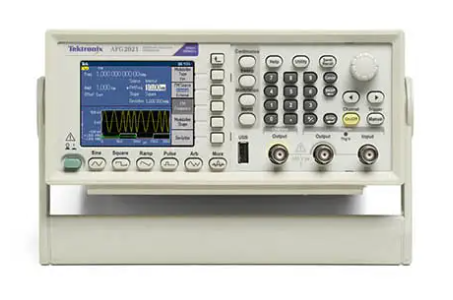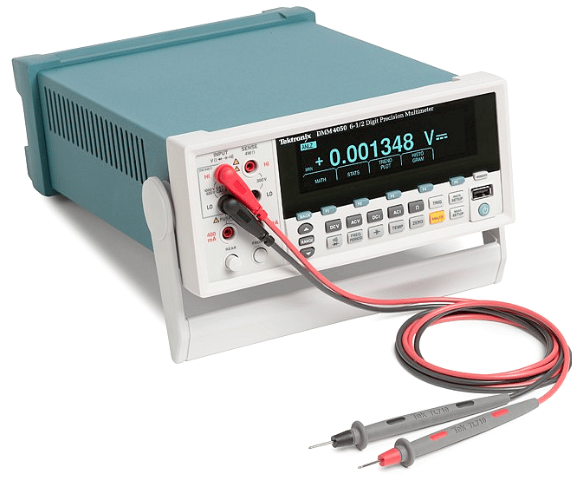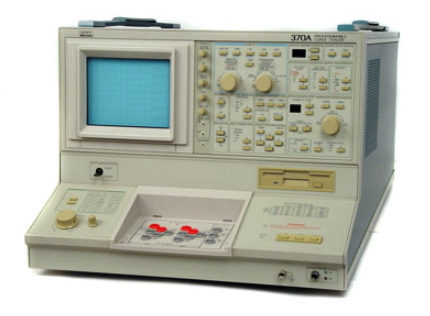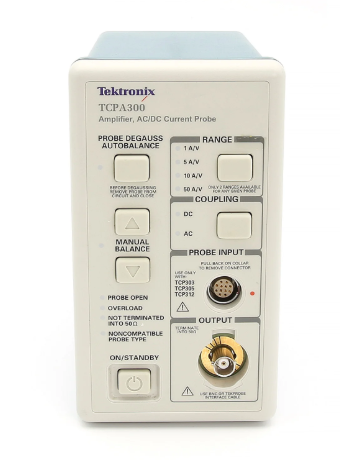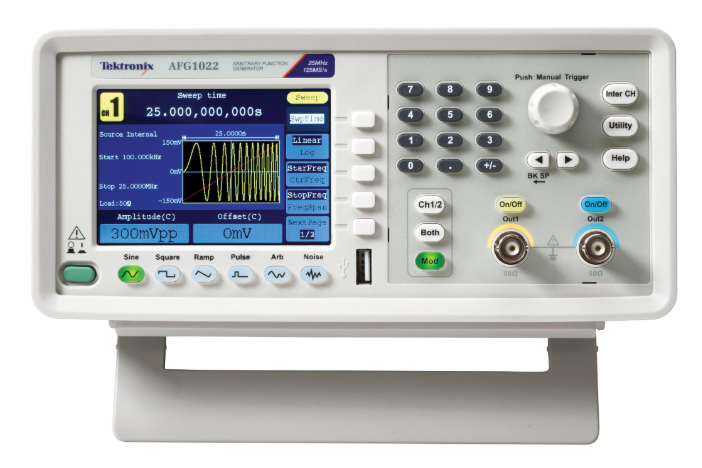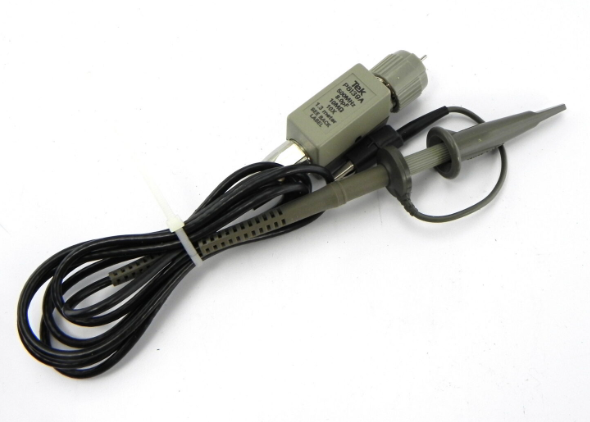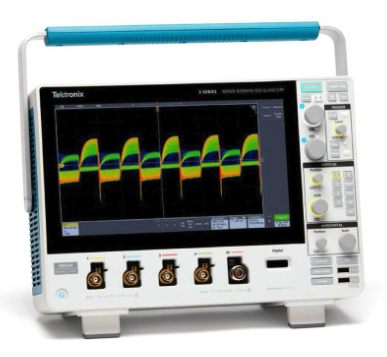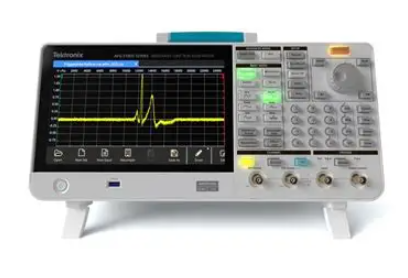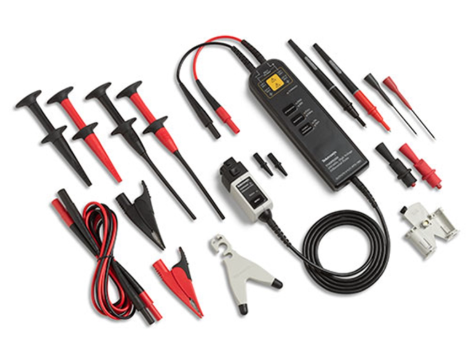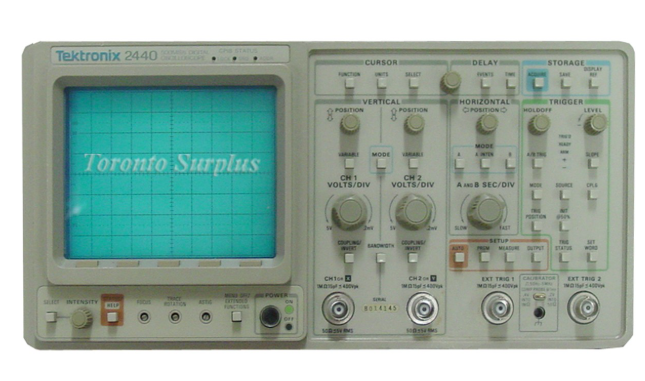The UNS2980c-ZV4 PLC is an electronic device designed for industrial automation applications that employs a programmable memory for storing instructions within it to perform operations such as logical operations, sequential operations, timing, counting, and arithmetic operations, and for controlling various types of machinery or production processes by means of digital or analogue inputs and outputs. The PLC is highly reliable and stable, and is capable of meeting the needs of a wide range of complex industrial automation applications.
ABB UNS2980c-ZV4 Programmable logic controller
Product Overview
The UNS2980c-ZV4 PLC is an electronic device designed for industrial automation applications that employs a programmable memory for storing instructions within it to perform operations such as logical operations, sequential operations, timing, counting, and arithmetic operations, and for controlling various types of machinery or production processes by means of digital or analogue inputs and outputs. The PLC is highly reliable and stable, and is capable of meeting the needs of a wide range of complex industrial automation applications.
Key features
High reliability and stability: UNS2980c-ZV4 PLC adopts high-quality electronic components and manufacturing process, which has high reliability and stability, and can adapt to a variety of harsh working environments to ensure the long-term stable operation of the equipment.
Advanced control technology: the PLC integrates advanced control technology, capable of realising high-precision position, speed and torque control, as well as complex logic operations and control algorithms, to meet the requirements of the equipment for machining precision and working efficiency.
Compact design and structure: UNS2980c-ZV4 PLC adopts compact design and structure, which is small and compact, easy to install and maintain. It also provides rich interfaces and communication protocols for easy integration with other devices and systems.
Multiple communication protocols: It supports ModbusRTU/ASCII, Profibus DP/FMS, DeviceNet and other communication protocols, which is convenient for communication and data exchange with various industrial automation devices.
Powerful data processing capability: UNS2980c-ZV4 PLC has powerful data processing capability and supports multiple data processing methods, which can achieve real-time processing and analysis of input and output data, and improve the response speed and efficiency of the system.
Multiple programming languages: It supports multiple programming languages such as C/C++, VB, VC++, etc., which is convenient for users to program and debug according to actual needs.
Application Areas
UNS2980c-ZV4 PLC is widely used in various industrial automation fields, including but not limited to:
Machinery manufacturing: used for the control of CNC machine tools, machining centres and other equipment to achieve high-precision machining and positioning.
Automated production lines: used to control various automated equipment, such as robots, conveyor belts, etc., to achieve automated operation and monitoring of production lines.
Power system: for the control and monitoring of power equipment, such as transformers, generators, etc., to ensure the stable operation of the power system.
Other industrial automation fields: such as chemical, petroleum, metallurgy and other industries for automation control and monitoring.
Product Advantages
High performance: UNS2980c-ZV4 PLC adopts advanced control algorithm and hardware design, which provides excellent control performance and stability.
Easy to integrate: The PLC supports a variety of communication protocols and interface types, which is easy to integrate with other devices and systems, reducing the complexity and cost of system integration.
Easy maintenance: UNS2980c-ZV4 PLC has a friendly human-machine interface and rich debugging tools, which is convenient for users to carry out maintenance and debugging operations, and reduces the time and cost of troubleshooting and repair.
Expandability: The PLC supports a variety of expansion modules and accessories, which is convenient for users to expand and upgrade according to actual needs.
Precautions
When using the UNS2980c-ZV4 PLC, make sure that it is properly installed and wired according to the requirements in the product manual.
Regularly check the operating condition of the PLC to ensure that it works properly. If any abnormality or malfunction is found, please contact ABB customer service or professional maintenance personnel to handle it.
Avoid using the PLC in harsh environmental conditions, such as high temperature, humidity, dust and other environments, so as not to affect the performance and life of the PLC.
Basic Functions
Data buffer: Since the rate of I/O devices is low while the rate of CPU and memory is high, a buffer must be set up in the controller. In the output, the buffer is used to store the data coming from the host at high speed, and then the data in the buffer will be transmitted to the I/O device at the rate of the I/O device; in the input, the buffer is used to store the data coming from the I/O device, and then the data in the buffer will be transmitted to the host at high speed after a batch of data has been received.
Error control: The device controller also manages error detection of data sent from I/O devices. If an error is found in the transmission, the error detection code is usually set and reported to the CPU, which then cancels the transmitted data and transmits it again. This ensures the correctness of the data input.
Data exchange: This refers to the realisation of data exchange between the CPU and the controller, and between the controller and the device. For the former, it is through the data bus, by the CPU in parallel to write data into the controller, or from the controller in parallel to read out the data; for the latter, it is the device will be the data input to the controller, or from the controller to the device. For this purpose, data registers shall be set up in the controller.
Status Description: Identifies and reports the status of the device The controller shall note down the status of the device for the CPU to know. For example, the CPU can start the controller to read data from the device only when the device is in a transmit-ready state. For this purpose, a status register shall be set up in the controller with each bit therein reflecting a particular state of the device. When the CPU reads in the contents of this register, it will know the state of the device.
Receive and recognise commands: The CPU can send many different commands to the controller, and the device controller should be able to receive and recognise these commands. To this end, there should be a corresponding control register in the controller to store the received commands and parameters, and decode the received commands. For example, the disk controller can receive Read, Write, Format and other 15 different commands from the CPU, and some commands also have parameters; accordingly, there are several registers and command decoders in the disk controller.
Address recognition: Just as each unit in memory has an address, so does each device in the system, and the device controller must be able to recognise the address of each device it controls. In addition, in order for the CPU to be able to write to (or read from) registers, these registers should all have unique addresses.

- User name Member Level Quantity Specification Purchase Date
- Satisfaction :
-









Email:wang@kongjiangauto.com

